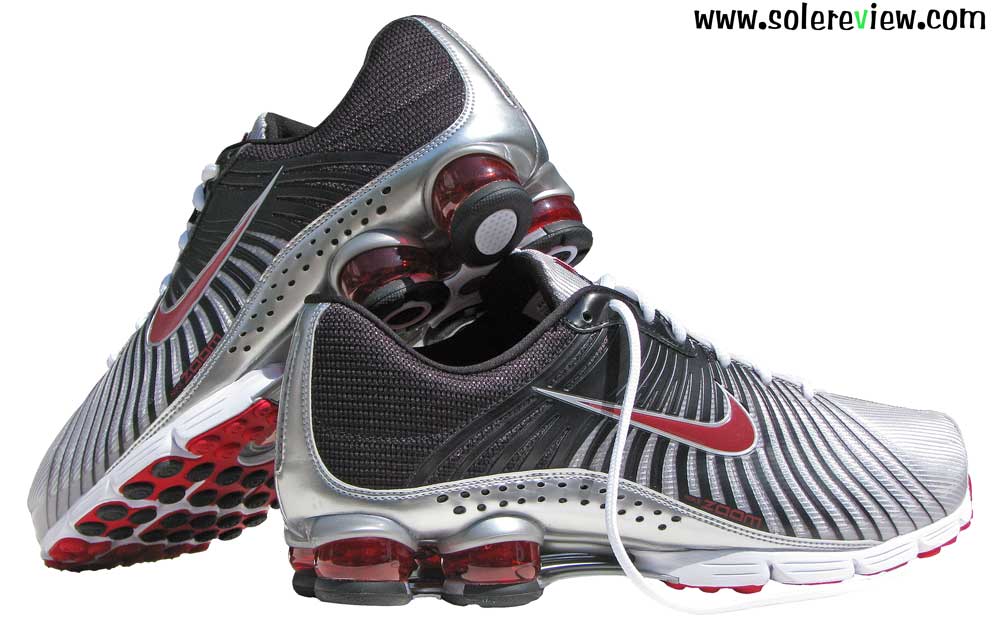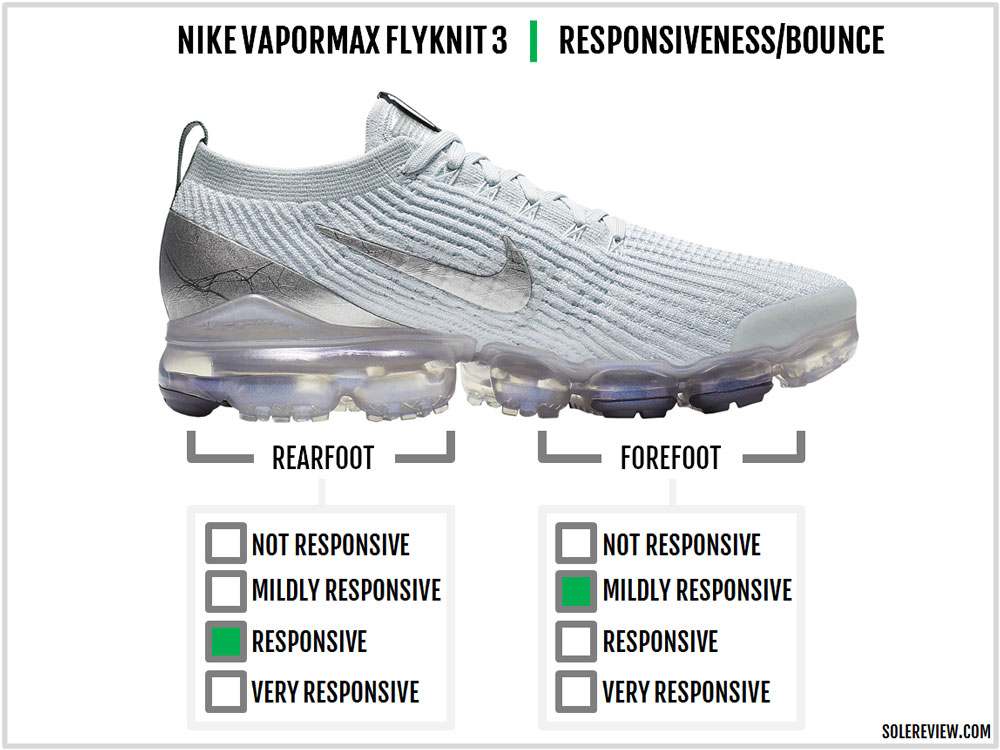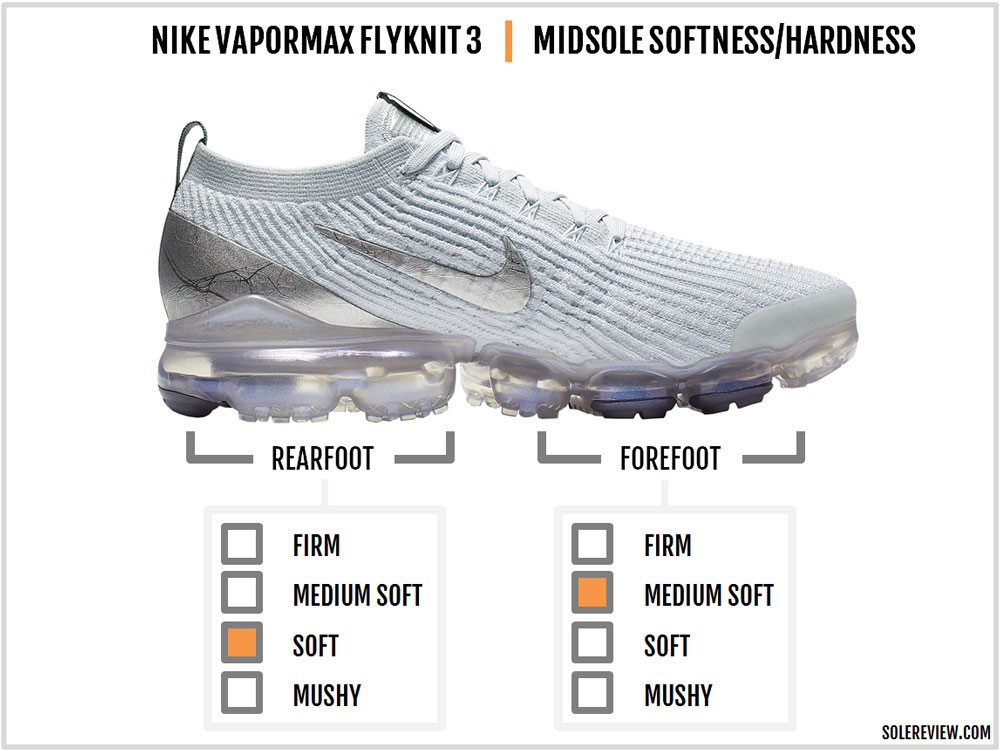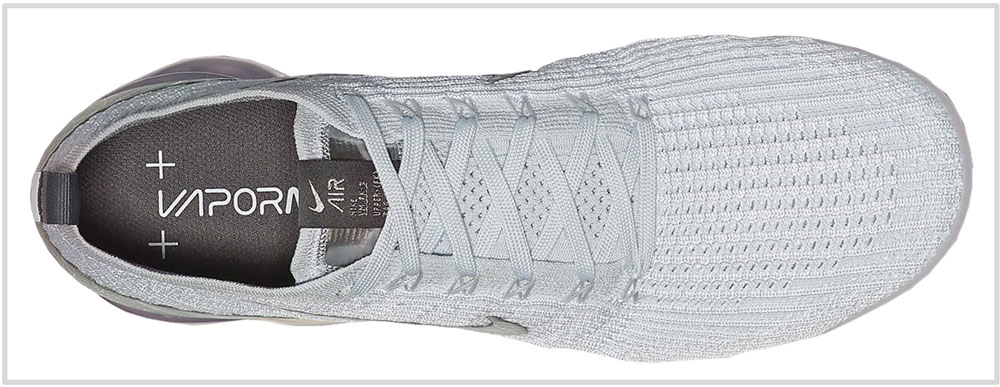When you make a purchase using the retailer links in our reviews, solereview may earn a small commission.
INTRODUCTION
In 2017, Morgan Stanley predicted that the Vapormax will be the ‘next billion dollar’ franchise. At that time, we never thought that would happen. The VaporMax wasn’t even a good running shoe, and boy, it looked ugly. They still do.
As it turns out, shoe reviewers make for poor soothsayers. A year ago, Nike’s CFO mentioned that the Vapormax, React, Air Max 270, and the React series generated over $2B in retail sales.
A year is a long time – especially for a brand which is within kissing distance of the $40 B revenue threshold.
So for the Vapormax to have hit the $1 B milestone by itself is no longer a far-fetched thought. Nike recently disclosed their full-year revenues for June-May 2018, and their gross margins were up almost a full percentage point. Having worked in the industry, we know that this is very difficult to achieve.
Nike explained that the rising profits were helped by the higher selling prices (driven by expensive lifestyle sneakers such as the V-Max) and better margins from selling directly online.
The way we see it, Nike is a $40 B brand which behaves like a start-up. It routinely discards convention and jumps into the deep end of footwear strangeness. If a product fails, then they move on to the next new thing. In Nike, there’s no such thing as design fatigue. Unless you’re talking about the Nike Monarch, that is.
Naturally, this process creates the inevitable flow of hits and misses. But as long as that path leads to nearly half the share of the global footwear market, the failures are nothing but useful stepping stones.
So why is the VaporMax so popular? The 100% Air sole doesn’t even have foam, so it lacks the plushness of, say, the adidas UltraBoosts or Nike’s ZoomX based shoes.
And before we call the Vaporfly ugly, we should consider the fact that the Nike React Element ’87 happens to be in a continuously sold out state. Perhaps Balenciaga, with their outlandish sneakers, had a point after all.
And the V-Max isn’t a cheap shoe. Including sales taxes, many people will pay $200 at full price.
But we can understand the VaporMax’s appeal – it looks expensive, projects an aura of exclusivity, and attracts attention. The VaporMax is the footwear equivalent of ‘bling’, and in the same class as other shiny objects like designer watches, handbags, and jewelry.
For most consumers, that’s a good enough reason. It helps that Nike has released the Air VaporMax in countless upper variants, so there’s something for everyone.
At the same time, how Nike markets its products is the stuff business case studies are made of. The Nike VaporMax isn’t the first of its kind, yet proved to be the most successful.
Ten years ago, Reebok released a very similar shoe called the DMX Extreme. Its midsole had gas-filled columns under the heel and the forefoot – similar to yours truly.
Now – we’re not saying that Nike copied the DMX Extreme, because in the same year, Nike released the Shox Experience. Instead of foam columns, the heel had pod-like (see image above) Air bags. From a Nike viewpoint, the VaporMax is an evolution of the Shox Experience in a full-length form.
The Nike Joyride, on the other hand, is an unapologetic copy of the Puma NGRY beads. Unlike the VaporMax, there’s no precedent within Nike’s historical product line.
At the same time, one could also argue that since Puma used a transparent chamber for its ‘Jamming’ model, and isn’t that based on Nike’s Max Air bag? So who’s copying who is debatable.
The point being, Nike, like Apple, is not always the first to the market. But whenever they release something, they do so with a watertight product marketing strategy which ensures that similar products from the past are just that – buried and forgotten like the historical footnotes they are.
Just like the older full-length Air Max design, the translucent VaporMax sole is a very neutral platform which is aesthetically a good fit for any upper design.
The first generation of the Air VaporMax with a Flyknit upper was released in Spring ’17, followed by several variations over the last two years. At the time of writing this review, we have the standard Flyknit V-Max in its 3rd year, a 1998 Air Max Plus inspired version, the V-Max 2019 and even one with a calf-high gaiter. Add to that over a dozen limited releases.
While all the V-Max models have different upper fits, they share a similar midsole construction. So while this review is of the Nike VaporMax Flyknit 3, the ride experience will not be very different regardless of which VaporMax model you have.
THE RIDE EXPERIENCE
The VaporMax was probably very complicated to design and get right. But then, Nike has spent years perfecting the foam-less Max Air concept. The Air Max 2003 was one of the first Nike shoes to significantly reduce midsole foam from the cushioning equation and rely mostly on Max Air.
This template was further refined on the Air Max 2006 which, not counting the insole, used no foam at all. Nike made small tweaks to the 360 platform over the years, and the Air Max 2017 was the last of its kind before it was retired.
So the VaporMax platform is now the new de facto standard for Nike’s full-length Max Air concept. Just like the older gen Max Air, the new sole uses little or no foam. (the VaporMax plus has some)
Well, there is foam – not in the midsole, but in the dual-density sockliner. It is interesting to note that Nike uses a firmer base foam for the insole, a material which was last seen on the 2006 – 2008 Bowerman series running shoes. Even Skecher’s Hyperburst midsole is made of a similar material.
Anyway – we digress. There’s no foam lasting below the insole, so the firmer base creates a smooth, hot-spot free base for the foot to rest on. The firm insole also acts as an insulating barrier from the hard part of the VaporMax sole. For example, the top part of the forefoot Max Air bag is fused directly to the upper.
The biggest sensory difference between the one-piece Max Air bag and the VaporMax design is that you can distinctly feel the columns of Air compressing and rebound. With the older full-length design, the cushioning experience wasn’t very focused. You could feel that something was going on in the cushioning underneath, but was hard to pinpoint what or where.
Not so with the Air VaporMax. The heel cushioning is one unit while the forefoot is comprised of five different chambers. Thus, the compression of the midsole is zone-based.
The heel is noticeably easier to compress than the front, and that’s where you’ll feel most of the Max Air cushioning.
Unlike other Nike shoes with heel Max Air, you can feel the outer and inner side cushioning working independently. If you load your weight on the lateral side, the pods on that side compress. And vice versa.
At some level, the Air VaporMax reminds us of the 2008 Shox Experience – another shoe which used targeted Max Air cushioning. Do keep in mind though, that the V-Max is nowhere as softly cushioned as other foam-based Nike shoes like the Turbo, React or even the Joyride. If cushioning comfort is what you want, then the VaporMax is not the shoe you buy.
The forefoot is much firmer than the heel, and that’s not just due to the lower-volume pods. The forefoot is protected with four pieces of thick outsole rubber. This thickness contributes to the cushioning firmness.
Most outsoles do well on dry roads and sidewalks, so the V-Max isn’t an exception. The small Urethane lugs have a strong bite over asphalt and concrete sidewalks. That being said, the empty sections between the pods means that there’s a reduced surface area available for grip. The smooth, plasticky material will also squeak on smooth tiles.
As long as you don’t wear the V-Max on dusty or wet smooth flooring, you’ll do swimmingly.
So what can you wear the Air VaporMax for? Are they good for running? Not really.
When seen from the lens of performance running, the Nike Air VaporMax is a bit like the Joyride. Both shoes are cushioned (the Joyride much more so) and stylish enough for daily casual-wear use but fall short of running shoe standards. The uber-soft Joyride is a story for another day, so we’ll cover that in a separate review.
There are two reasons why the VaporMax isn’t a great running shoe. The cushioning difference between the softer heel and relatively firmer forefoot means that the transitions do not feel connected and efficient. You’re much better off in the Pegasus Turbo or the Nike React Flyknit.
The outsole – or the lack thereof – is the second reason why the VaporMax Flyknit 3 is not a running shoe. There’s simply not enough outsole for you to push off towards the end of the gait cycle. In that sense, even the Air Max 2015-17 was a better running shoe.
IS THE NIKE AIR VAPORMAX DURABLE?
As long as you don’t puncture the bubbly Air bag, you’re good. The hard Urethane outsole lugs and the rubber lugs do a decent job of resisting abrasion, so 350 – 400 miles sounds just about right.
This is under the assumption that the Air VaporMax is used for casual wear and not performance running. Because if you do run in them, wearing down the chambers might potentially lead to a blowout.
As with any Max Air shoe, there’s a tiny chance that the pressurized chambers will get punctured and lose its cushioning. Hence, this infographic suggests an extremely low and high durability range.
THE UPPER DESIGN AND FIT
Material-wise, there’s not a lot happening on the Flyknit upper. It’s made of a single piece of elastic Flyknit along with an integrated tongue and heel collar.
However, you get a proper lacing system here with six rows of lacing linked to a Flywire cabling system. The last row is particularly helpful in having the collar band sit flush around your ankles.
If you have experience wearing stretchy knit uppers from adidas or Nike in the past, then the interiors of the V-Max Flyknit 3 will feel familiar. The upper fits like a glove with the expected snugness in the toe-box and forefoot.
For an optimal fit experience, wearing a thin pair of socks helps. This way, the forefoot doesn’t feel overly narrow. The toe-box ceiling kisses the feet, but then that’s the norm for elasticated uppers.
The knit upper isn’t entirely devoid of structure. The upper part of the VaporMax sole unit rises under the rearfoot to cup the heel. There’s also fused welding over the heel, so the foot has plenty of support. Likewise, a Urethane toe-cap guards the foot against bumps.
PROS AND CONS
If it wasn’t obvious from the previous section, the VaporMax has one of the best Flyknit upper fits with a secure yet comfortable interior. That’s definitely a plus in our eyes.
There’s plenty of rearfoot cushioning for casual wear use. Besides, it’s fun loading your body weight on the gas-filled columns to experience the visible compression and rebound.
Outsole grip is excellent on the road and paved walking paths. The small lugs dig into the coarse surface for superior traction.
All the same, the VaporMax Flyknit 3 is limited in its versatility. The segmented Max Air midsole with varying levels of cushioning doesn’t make for seamless transitions. The low contact area of the football shoe type boot doesn’t help either.
Also, the bubbly midsole isn’t as soft as you’d imagine. Foam-based Nike shoes are a better choice that way.
| Do you own this shoe? Improve this review by sharing your insights – submit a review here. |












